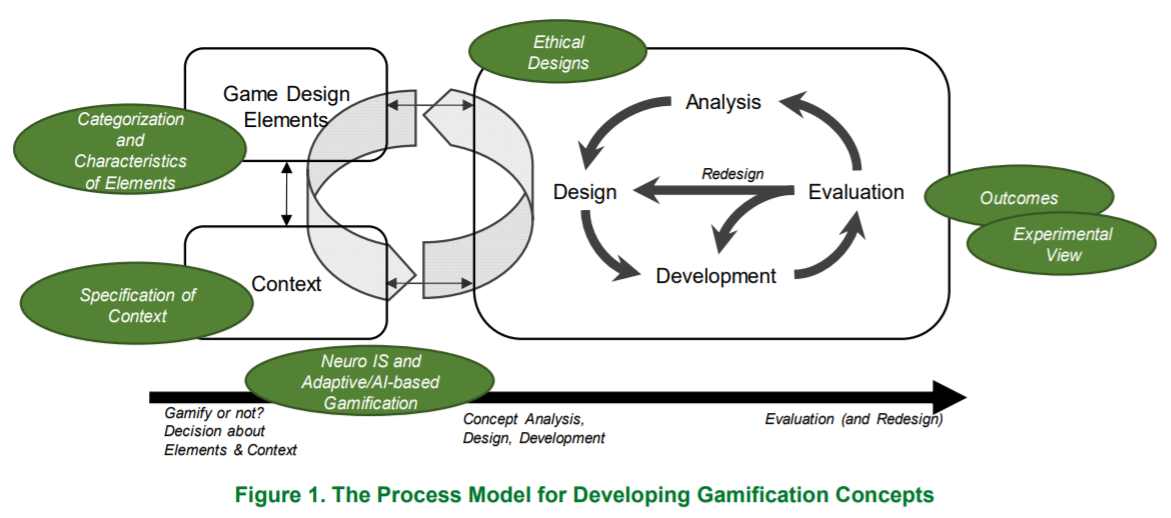
Since gamification appeared, many things have changed. Research may benefit from a more precise definition of what gamification is (or has become) and how the concept differs from other related concepts. In IS research, nudging has become more and more relevant, which has led to the concept of digital nudging.
Many refer to using gamification elements to decrease how much individuals use digital devices to avoid addiction as “digital detoxing” It may be fruitful to investigate how users interact with gaming elements and behave differently when game design elements appear in non-game contexts. Future endeavors need to move beyond the current focus on game design and consider “game functionalities”.
We need to understand the game logic behind employing game elements for IS to realize their full potential. By understanding the current circumstances and settings in which organizations have applied gamification, we can facilitate user engagement. With such understanding, designers could help users achieve their gamification goals based on their preferences and modify their behaviors in a desirable way.
With respect to neuroIS, the question how gamification elements and their interaction relate to neuro- and pleasantly biophysiological processes arises. To increase internal validity, future research should compare self reported questionnaire data and behavioral measures with biophysiological (e.g., EEG, fMRI) measures. With AI, researchers could implement affective technology by continuously assessing NeuroIS measures and updating game elements in a more Adaptive way based on users’ affective state. For example, if researchers detect boredom while users used the game design elements badges and leaderboards, they could use the game design element story to introduce a new compelling plot. More
Gameauto5
A Research Agenda for the Why, What, and How of Gamification Designs: Outcomes of an ECIS 2019 Panel